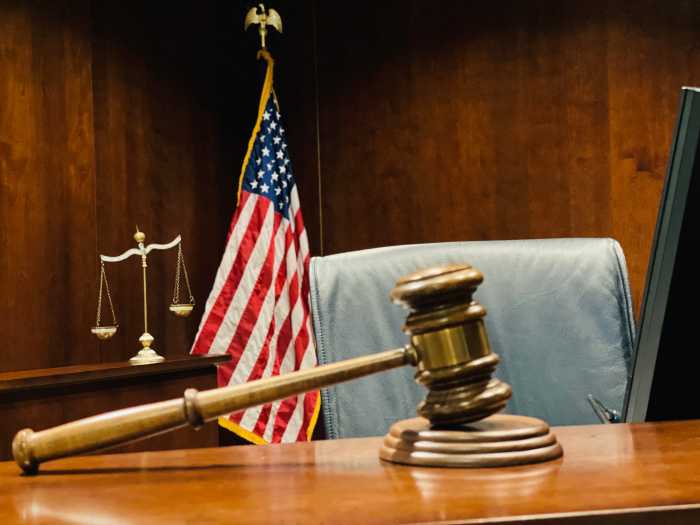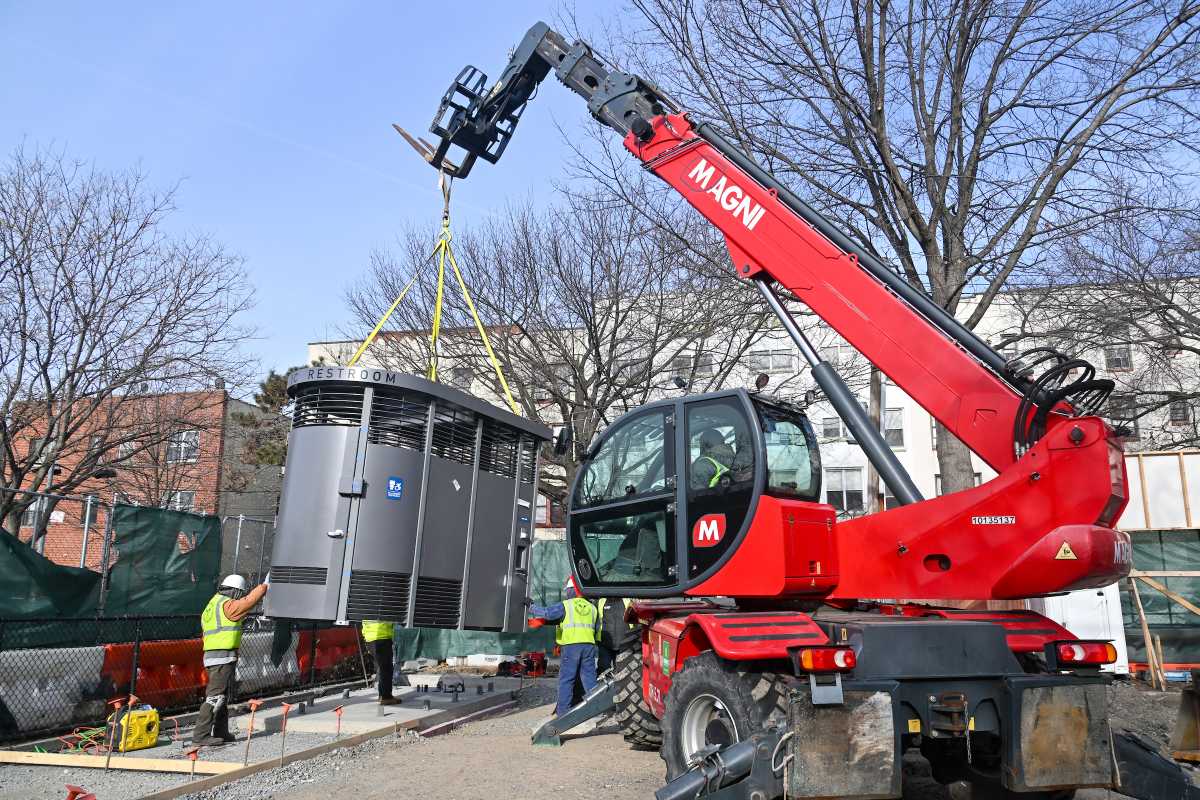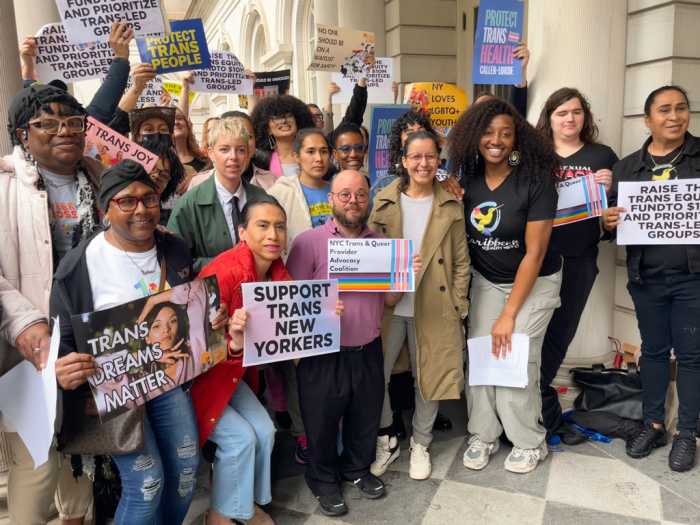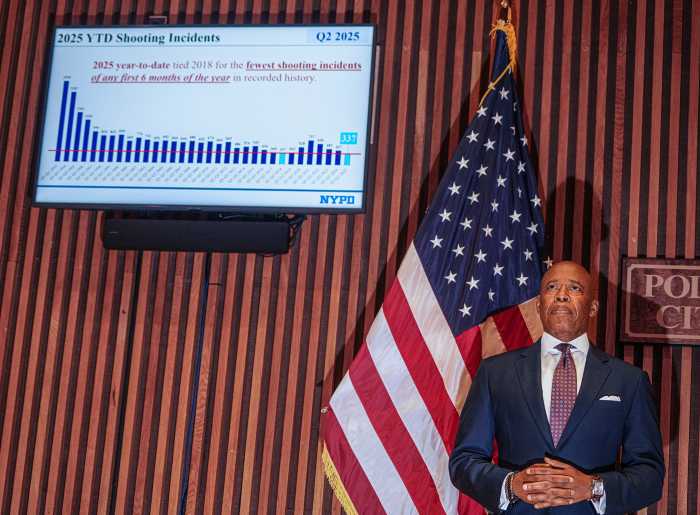Traffic is one of the key issues that has a state administrative law judge probing further into the potential impacts of a proposed waste transfer station on the shore of Gravesend Bay.
And, that’s without the added vehicular traffic that would be brought to the area should warehouse store giant BJ’s open next door to the proposed WTS site.
Besides traffic, the other issue on which the administrative law judge has asked for further clarity is the possibility of contaminants leaching into the soil from waste brought to the site through existing holes in the ground.
New York Assemblymember William Colton – who has been spearheading opposition to the Southwest Brooklyn WTS, which the city’s Department of Sanitation (DOS) wants to install on the site of the old Southwest Brooklyn incinerator – said that opposition to the Gravesend Bay facility has gotten greater traction than opposition to other facilities because of legitimate issues being raised by opponents.
The matter is being heard by Edward Buhrmaster, an administrative law judge for the state Department of Environmental Conservation (DEC). The WTS is a key part of DOS’s Solid Waste Management Plan (SWMP). Residents and elected officials have been fighting the plan since it was announced in July, 2005.
On August 6th, Buhrmaster responded to briefs filed by various parties, last month, asking for additional information about issues raised by the WTS opponents, specifically, “about the potential for soil vapor intrusion, and about possible use of a portion of the project site for new parking associated with Coney Island’s redevelopment.”
“Of all the transfer stations proposed around the city, only the battle against the Southwest Brooklyn site continues to be heard,” Colton pointed out. That Buhrmaster is “asking a lot of questions about what’s in the brief is a good sign,” he opined. “It shows that we have raised issues that are real environmental concerns.”
Transfer stations slated for Hamilton Avenue in Gowanus and for Flushing have both gotten the go-ahead, Colton said, and even the Manhattan station, at East 91st Street, has been allowed to proceed, though the administrative law judge hearing the matter did tell DOS that noise mitigation would be required.
“The reason why this station is the last one standing, in terms of opposition, is that the core of our arguments is really strong,” Colton contended. “The fact is, an incinerator existed on the site and threw forth contaminants and pollutants for 30 years, so the site is very suspect.”
Indeed, he noted, DOS and DEC had already added restrictions to the permit to operate the facility that was requested, including having an emergency containment plan in place should contaminants be found, having an environmental monitor onsite during dredging, and taking core samples before and during dredging to make sure that contaminants are not emitted.
With respect to the Gravesend Bay site, Colton said that a major concern of opponents is the fact that the location “is full of holes. Our issue is, if there is waste water contamination that sinks into the holes, what would happen?
“In addition,” he went on, “there is the question of parking connected to the Coney Island redevelopment plan. I don’t believe they have fully considered the implications of the traffic patterns of having a parking garage that might be in the vicinity of the transfer station.
“We’re raising these types of issues because they affect the health and welfare of people living in the community,” Colton added.
Documents released regarding the Coney Island proposal indicate, Colton said, that such parking could be provided near the WTS site, along the Belt Parkway service road, a narrow one-way stretch that is already overtaxed at certain times.
It could only become more so, he said, given the fact that it would have to handle not only traffic leaving Ceasar’s Bay, but also that going to the WTS and several other locations along the route, and has no outlet between Bay Parkway and 26th Avenue, so traffic backed up there has no intermediate place to exit.
As for BJ’s, Colton said that having a big box store of the sort along the strip would only exacerbate the problems that already exist and which would be intensified by the siting of the WTS there.
BJ’s reportedly has entered into an agreement with Thor Equities, to lease the property at 1824 Shore Parkway to build one of its warehouse stores.
“BJ’s involves traffic all day and all night, both trucks and consumer traffic,” Colton stressed.
One overriding problem, he added, is that, when it comes to new projects, the city approaches each individually, rather than taking an aggregate view of them all.
“Everything is done in separate little compartments, so that the study that was done with respect to trucks going to the waste transfer station didn’t consider the Coney Island redevelopment plan or the development of BJ’s or development all around Bensonhurst,” Colton stressed.
Contacted for comment, DOS Spokesperson Kathy Dawkins would only say, “We saw the press release (issued by Colton’s office) and we have no further comment.”





















